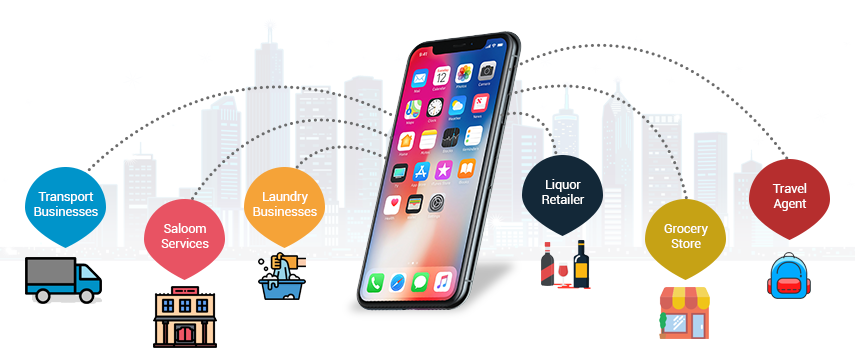Usability testing plays a critical role in the success of mobile applications. A smooth user experience can significantly boost retention rates and customer satisfaction. In today’s competitive app market, ignoring usability could lead to poor reviews and high uninstall rates.
What Is Usability Testing?
Usability testing evaluates how easily users interact with a mobile application. Testers observe real users performing tasks to identify pain points. This method ensures the app meets user needs while providing a seamless experience.
Why Usability Testing Matters for Mobile Applications
Statistics highlight the impact of usability on app success. According to a study, 88% of users are less likely to return to an app after a bad experience. Furthermore, 70% of app uninstalls occur due to poor usability. Testing allows developers to pinpoint issues before launching their apps.
Key Benefits of Usability Testing
Enhanced User Satisfaction
Apps with intuitive navigation and smooth functionality keep users happy. When users complete tasks without frustration, they’re more likely to recommend the app.
Increased Retention Rates
Retaining users can be challenging. Usability testing helps reduce friction points that cause users to leave.
Reduced Development Costs
Identifying issues early prevents costly fixes later. Fixing bugs during development costs significantly less than addressing them post-launch.
Steps to Conduct Usability Testing
Define Goals Clearly
Begin by outlining what you want to achieve. Do you want to improve navigation or test a new feature? Clear goals guide the testing process.
Identify Your Target Audience
Testing works best when participants reflect your actual users. Define demographics and behavior patterns for accurate results.
Choose the Right Testing Method
Use methods like moderated testing, unmoderated testing, or A/B testing. Each approach offers unique insights.
Create Scenarios and Tasks
Realistic scenarios ensure the test feels natural. For example, ask users to locate a specific item or complete a purchase.
Observe and Record Behavior
Record user actions during the test. This allows developers to analyze behaviors later and identify usability issues.
Analyze Results and Implement Changes
Review findings to spot trends. Prioritize fixes and implement changes that enhance usability.
Best Practices for Usability Testing Mobile Applications
Test Early and Often
Conduct usability testing throughout the development cycle. Early testing uncovers fundamental issues, while iterative testing ensures improvements.
Use Real Devices
Simulators are useful, but real devices provide accurate results. Testing on multiple devices ensures compatibility and consistency.
Focus on Accessibility
Include users with disabilities to create inclusive apps. Accessibility boosts usability for all users.
Gather Qualitative and Quantitative Data
Combine insights from user feedback with metrics like task completion time. This provides a comprehensive view of app performance.
Prioritize High-Impact Areas
Focus on areas users interact with most. Navigation menus, login screens, and checkout processes often require optimization.
Tools to Simplify Usability Testing
Heatmaps
Heatmaps show where users tap, scroll, or spend time. Tools like Hotjar or Crazy Egg provide detailed visuals.
Screen Recording Software
Tools like Lookback or UXCam record user sessions. They help developers see exactly where users struggle.
Surveys and Feedback Forms
Surveys capture user opinions directly. Integrate short feedback forms into the app to gather insights.
Analytics Platforms
Platforms like Google Analytics track user behavior. They reveal patterns that point to usability issues.
Real-World Example of Usability Testing
A leading e-commerce app recently revamped its design after usability testing. They discovered users struggled with the checkout process. By simplifying the steps, they reduced cart abandonment rates by 40%. This demonstrates how testing translates into measurable results.
Conclusion
Usability testing is vital for creating successful mobile applications. It ensures apps meet user expectations while delivering a seamless experience. By following best practices and leveraging the right tools, developers can improve retention, satisfaction, and overall success.


